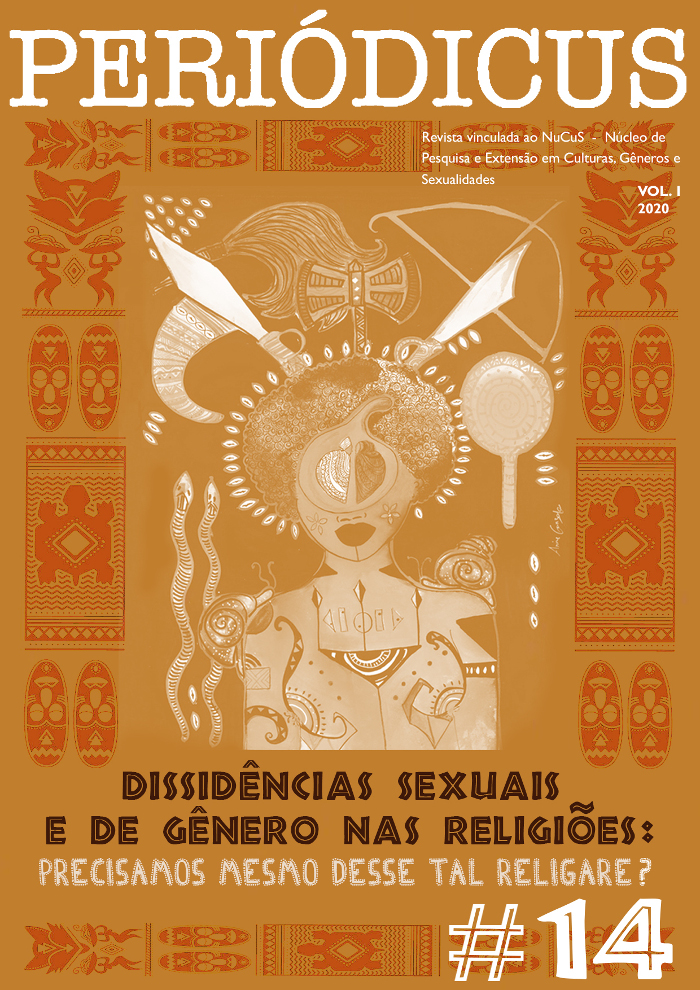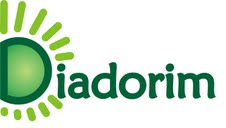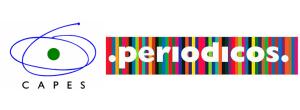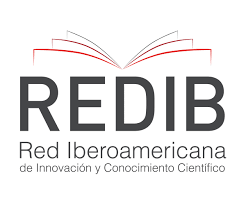“The hand that cuds is the same that stones” - discursive analysis on maternal love, religion and sexuality
DOI:
https://doi.org/10.9771/peri.v1i14.37096Abstract
Based on the French Line Discourse Analysis, this article discusses violence against the LGBTQI + population, relating it to religious discourse. For this, it brings, as a corpus of analysis, the speech of the Gospel Singer Eyshila, posted on her Instagram to position herself on the sexuality of the son who, before being evangelical like his parents, declared himself homosexual and Drag. Based on the observation of the discourse, the analysis used mainly discursive concepts related to ideology, discursive formations and the effect of meaning, with the purpose of interpreting its functioning from a reading gesture. The objective was also to observe how Eyshila discursivizes homosexuality by positioning herself as a mother and as an evangelical / religious woman, in order to observe whether, in these places, she breaks or perpetuates the discourse of her discursive formation; and, as a consequence of that, the objective was also to verify if his speech proves to be significant in the fight against prejudice and violence. Pêcheux (2014 and 2015), Orlandi (2015), Mussalim (2001) and Barbosa and Silva (2016) were theoretical references for this analysis. The study showed that an apparent discourse of acceptance of homosexuality can have sense effects laden with prejudice and incite violence against the LGBTQI + population. The research refers to a gesture of interpretation, which seeks to overcome the effect of transparency in the discourse, and which is not limited to this analysis
Downloads
Downloads
Published
How to Cite
Issue
Section
License
Copyright (c) 2021 LEILA SILVANA PONTES

This work is licensed under a Creative Commons Attribution-NonCommercial 4.0 International License.
Authors who publish in this journal agree to the following terms:
Authors retain copyright and grant the journal the right of first publication, with the work simultaneously licensed under a Creative Commons Attribution Noncommercial License that allows the work to be shared with acknowledgment of authorship and initial publication in this journal, but prohibits commercial use.
Authors are authorized to enter into separate additional contracts for non-exclusive distribution of the version of the work published in this journal (e.g., publishing in an institutional repository or as a book chapter), with acknowledgment of authorship and initial publication in this journal.
Authors are permitted and encouraged to publish and distribute their work online (e.g., in institutional repositories or on their personal website) at any point before or during the editorial process, as this can generate productive changes and increase the impact and citation of the published work (see The Effect of Open Access).








